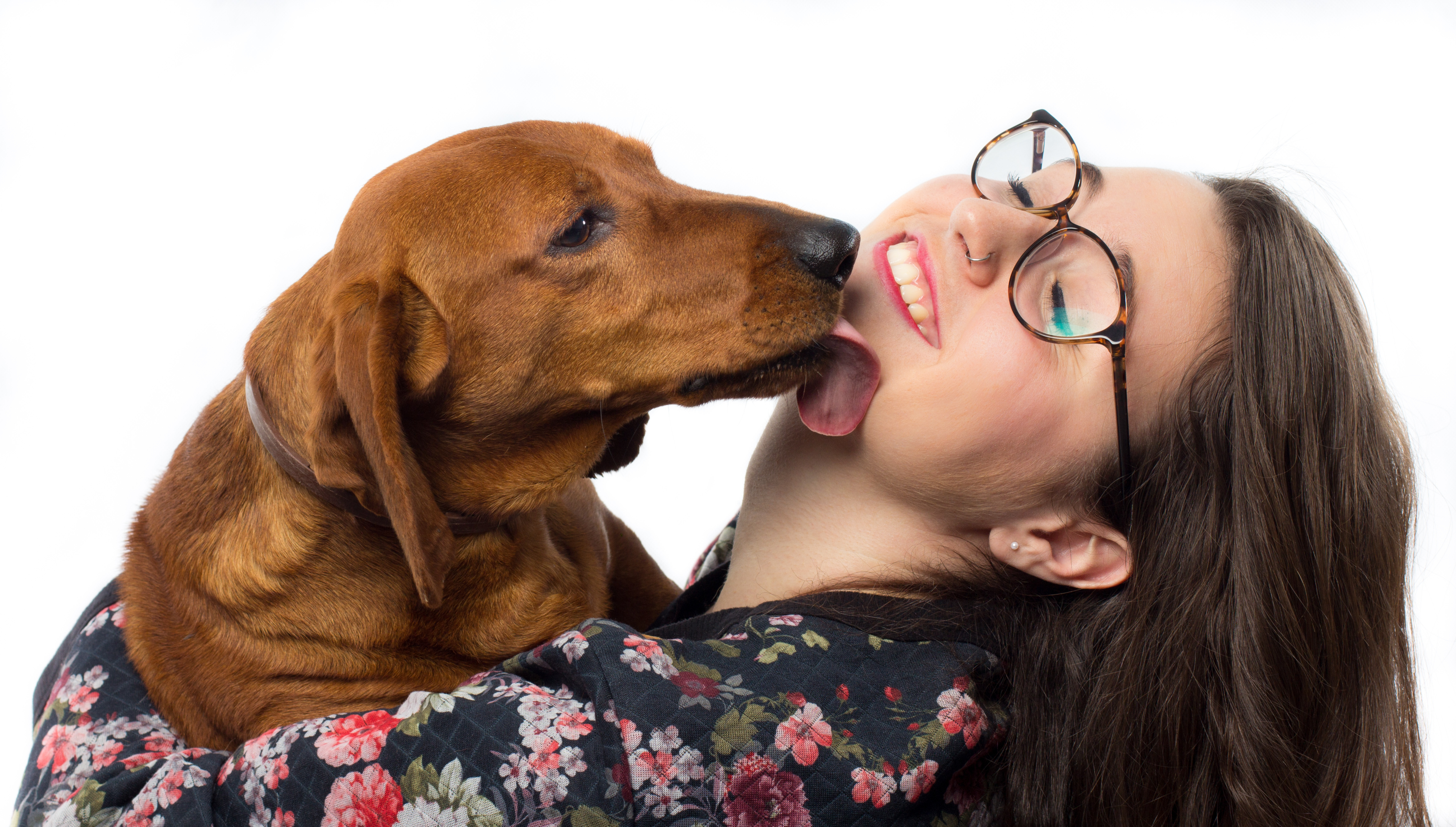Malazzezia dermatitis is a fancy name for a skin condition your dog can acquire on account of something else, such as an allergy or a different disease altogether. While there is some evidence that this disease is hereditary in some cases, it is believed that more than half of patients where dogs present with Malassezia dermatitis do so as a secondary condition.
And because…
We here at IndulgeYourPet hate to see any animal suffer needlessly, so we decided to write this article to shed some light on this disorder and hopefully provide you with the insight you’ll need to better care for your dog’s condition.
So, without further ado, let’s dive right in.
Malassezia Dermatitis
Malassezia Dermatitis occurs when Malassezia pachydermatitis (a type of naturally occurring yeast that usually lives under the surface of a dog’s skin) turns nasty. The bacteria can leak out of the skin through scratching or trauma to the infection site, causing itching, swelling, and pain. This then triggers a vicious cycle whereby the affected dog’s body will begin to produce more of the bacteria because there isn’t enough in the correct places, and so, the process continues. This “new” bacteria then form wounds in the flesh, which still itches so that you can imagine the discomfort level.
Now it’s essential to…
This yeast dermatitis should not be confused with atopic Dermatitis in dogs. Because atopic Dermatitis is a response to an allergy and is usually caused by an immune response to a household product. Atopic Dermatitis covers things like:
- Dog-Hay-fever, where a skin rash on the underbelly is the most prominent clinical sign.
Malassezia will present anywhere on the body and will not be constricted to certain areas. Even so, your vet may want to take a biopsy to check the particular type of Dermatitis from which your dog is suffering. It should also be pointed out that seemingly healthy dogs can get Malassezia from food allergies. In cases like these, it is generally believed that the affected dog probably inherited their condition from a parent.
Symptoms of Malassezia dermatitis
Pruritis – or severe skin itching – will be one of the first clinical signs of an infection. Malassezia yeasts will break through the skin, causing lesions as the dog scratches. Normal dogs are most likely to acquire this condition in the armpits or any other body part where yeast organisms thrive. In loose-skinned dogs, it is expected to appear between skin folds. This allergic skin disease is highly likely to develop in the dog’s ear canal, causing them to scratch until they yelp.
In many cases, the itching with this disease is so intense that your dog is likely to scratch until it draws blood, thus forcing more of the yeast organisms to the skin’s surface, widening the lesions, and drawing further blood. In cases like these, your pup will likely need a medical intervention to break the cycle. Fortunately it is reasonably easy to treat.
Most Commonly Affected Breeds
Breeds likely to suffer from this condition include any atopic dogs or dogs with loose skin. It is a condition that can strike any dog should they come into contact with something that causes an allergic reaction. Still, it is known to affect pedigree breeds in a hereditary manner and via an allergen. These breeds are:
- Basset Hound,
- Cocker Spaniel,
- Dachshund,
- English Setter,
- Maltese,
- Poodle,
- Shetland Sheepdog,
- Shih Tzu,
- West Highland White Terrier.
High humidity can also bring about this condition, so dogs in warmer countries are more susceptible than those from cold places. It also presents at a high rate in dogs with loose skin, making the Pug and the Chinese Shar Pei likely candidates.
Treatment Options
There are various treatment options, but prevention is better than cure. First, you will want to find the original allergen and remove it from contact with your pet. The problem is…
“What could that allergen be?”
This will most likely turn into a guessing game, but if you have recently changed a home-based product or if you have recently changed your dog’s diet, these are good places to start. From there, you’ll simply want to begin eliminating potential allergens one at a time until the condition begins to improve – while at the same time administering a topical therapy from your vet to treat the symptoms and ease pain as you go.
A patch test may eventually need to be conducted if you cannot find the source of the itching. Other treatment options include anti-fungal medications, which will take down the yeast level and provide some relief.
Which brings us to…
We would like to remind folks that we here at IndulgeYourPet are not doctors, veterinarians, or medical professionals. All we are is a bunch of folks who are passionate about animals and only want what’s best for them. This is why if you feel like your pet may have Malazzezia dermatitis (or any other health issue for that matter),, you’re going to want to have them checked out by a vet ASAP!
Because…
An early diagnosis will often lead to the “best” medical outcome for your pet regardless of what is bothering them, but beyond that,, diagnosing a medical condition early could save you a bundle in medical costs! This is also why we here at IndulgeYourPet also recommend that any new pet owner take a moment and see what it might cost to purchase a pet insurance policy for your new animal.
Now, will a pet insurance policy be suitable for everyone?
No, probably not. But until you fully understand what these policies “will” and “won’t” cover and how much these pet insurance policies cost, how will you know if one might be right for you?
For more information on who we feel currently offers the “best” pet insurance policies out there, we would encourage you to check out our Best Pet Insurance Policies article.



